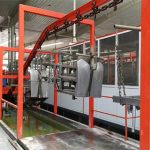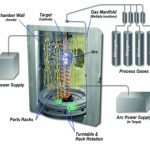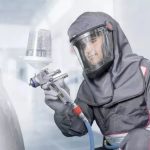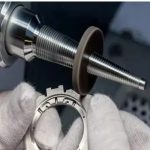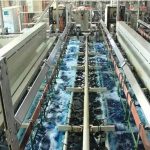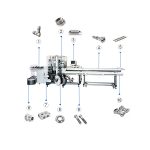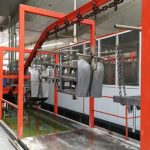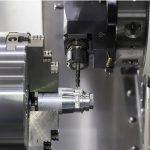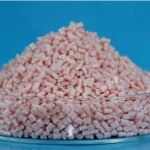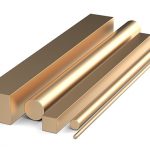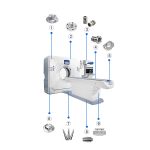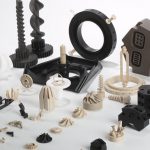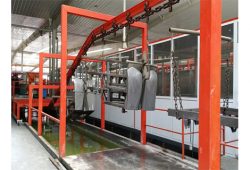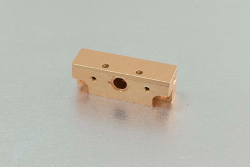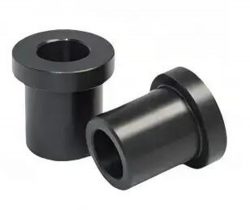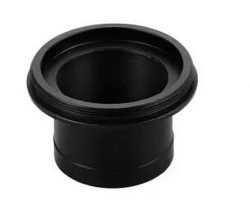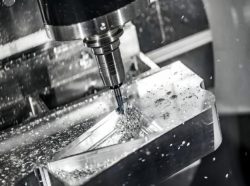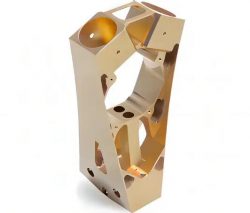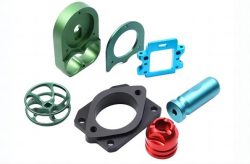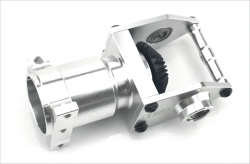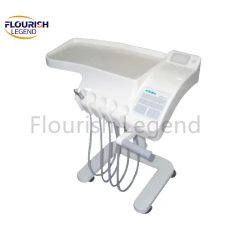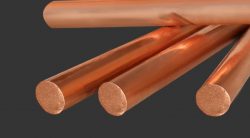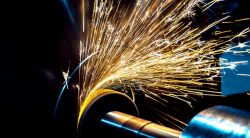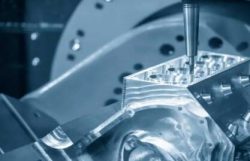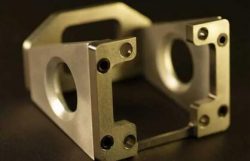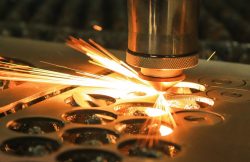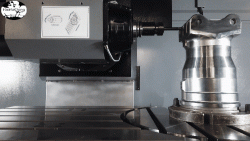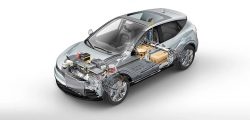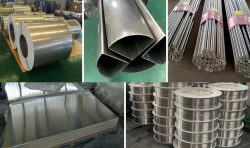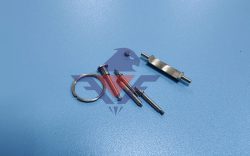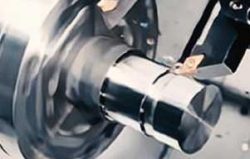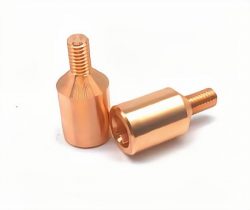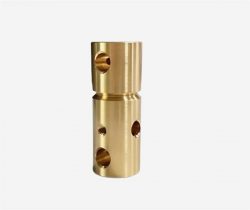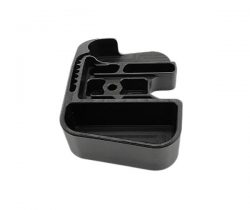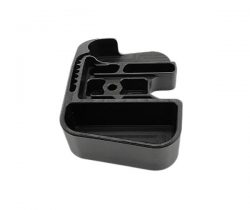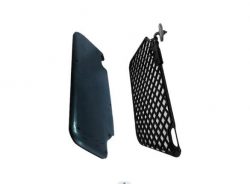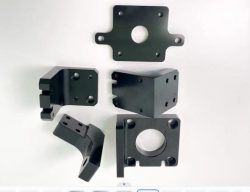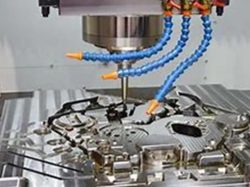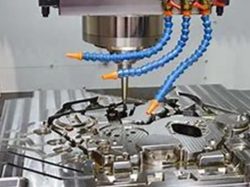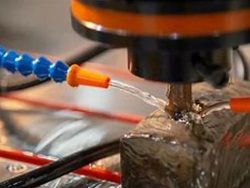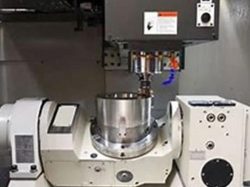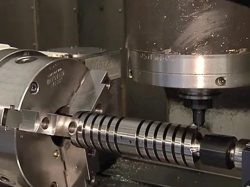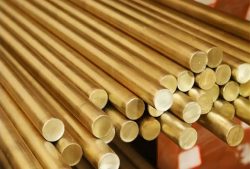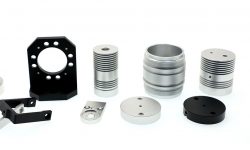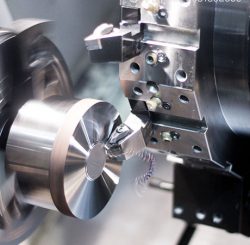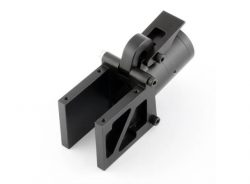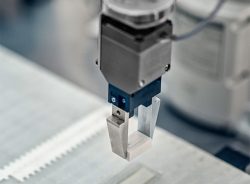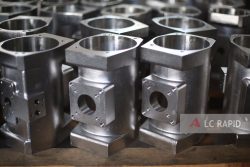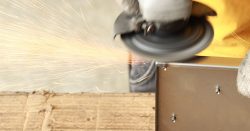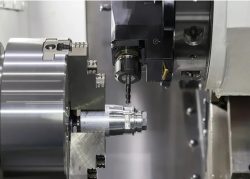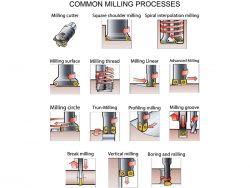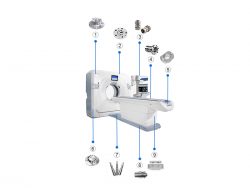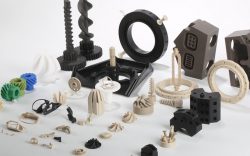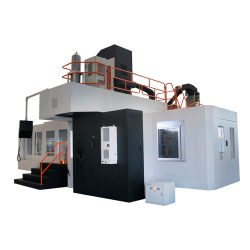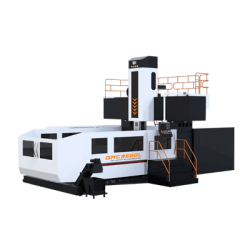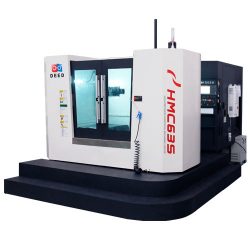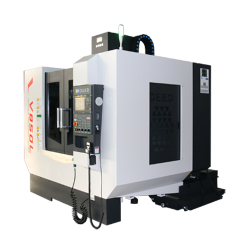SURFACE FINISHING
The surface treatment requirements of special industries are extremely stringent, such as parts and products in the extreme climatic environment have a level of product surface cleanliness, types of primers, topcoats, and protective coatings. Our company has a complete surface treatment plant. Metals can be sprayed with tungsten carbide, zirconia, alumina, nitriding, carburizing, electrophoresis, vacuum coating (PVD), nickel plating, galvanizing, chromium plating, sandblasting, anodizing, Teflon spraying, fingerprint protection coating, etc.
Surface Treatment is Generally Divided into Three Descriptions:
1. Physical surface treatment, the method and process of surface treatment of raw materials or parts and products through physical contact. Such as: sandblasting, shot peening, polishing, sanding, deburring, and deoxidation.
2. Chemical reaction surface treatment, oxidation, electroplating, spraying, electrophoresis, printing, corrosion, blackening, bluing, etc., by electrochemically changing the surface composition of the material to form a protective and decorative layer.
3. Heat treatment is a method of treating the substrate surface or the whole at high temperatures. High-frequency quenching, quenching and tempering, annealing, tempering, etc. change the hardness, welding performance and processing performance of the material. Such as gears, sprockets, molds, tool blades and other products. Surface treatment is to make the material have better performance and appearance.
SURFACE TREATMENT APPLICATION
1. Packaging and printing industry: packaging surface printing, lamination, oiling; labeling of food and beverage bottles.
2. Automobile and ship industry: anti-rust, anti-corrosion, anti-acid and alkali of metal parts; internal and external decoration, shell, outer body anti-rust, anti-corrosion, appearance decoration, etc. all need electrophoresis, anode, spray painting,
3. Ceramic industry: ceramic surface electroplating, sintering glazing, surface printing,
4. Wire and cable industry: optical fiber, cable printing, laser label, copper and aluminum cable surface annealing, tin plating, gold plating, nickel plating.
5. Medical biomaterial industry: surface disinfection and hydrophilic treatment of surgical parts. Compatibility and harmless disposal of human implants.
6. Textile printing and dyeing industry: chemical and physical treatment of textile fibers, cotton, and linen, etc. surface dyeing, destabilizing, increasing adhesion, etc.
7. Plastic products industry: The surface plating and printing of plastic products (toys, beverage bottles, cosmetic bottles, mobile phone cases, watch cases) increase the decorative effect or adhesion,
8. Digital product industry: printed circuit board printing, surface treatment of electronic components, etc.
9. Rubber and plastics industry: rubber surface coating, printing.
10. Glass product industry: glass surface electroplating, printing, corrosion, hydrophilicity. Such as automotive glass moisture-proof, sound insulation, refractive index, transparency and other treatments.
11. Metal processing and equipment manufacturing industry: surface quenching and tempering, quenching, annealing, oxidation, blackening, spraying, etc. of metal parts and equipment as a whole change the properties of surface metal materials. Or increase the hardness, improve the corrosion resistance, wear resistance, or change the appearance effect, etc.12. Aviation and aerospace industry: special materials and special surface treatments can enable the surfaces of aviation and spacecraft to withstand high temperature, high pressure, and high torque.
ADVANTAGES OF SURFACE TREATMENT
1. Make the material or product have better performance and appearance, such as the PVD vacuum coating of the iPhone shell and glass, so that the glass is more wear-resistant and beautiful, and the middle frame is not easy to scratch and fall off the paint;
2. Improve the mechanical properties, chemical properties and reaction properties of materials; reduce surface resistance. Such as mold steel material quenching and tempering, reducing roughness, making the product harder, friction-resistant, and low-damping.
3. Improve the production speed of parts or products, shorten the production cycle and reduce costs.

